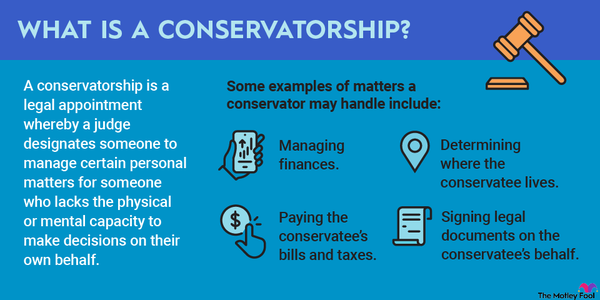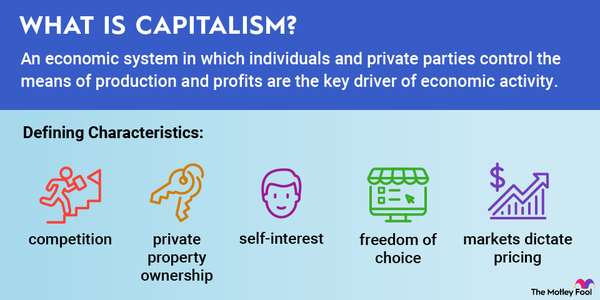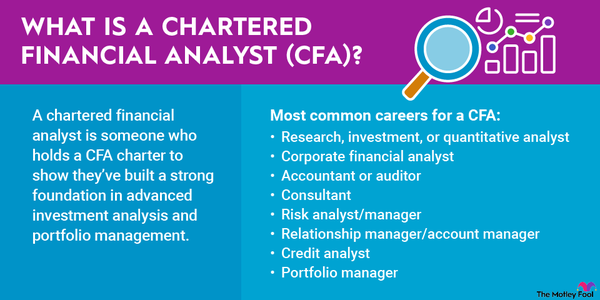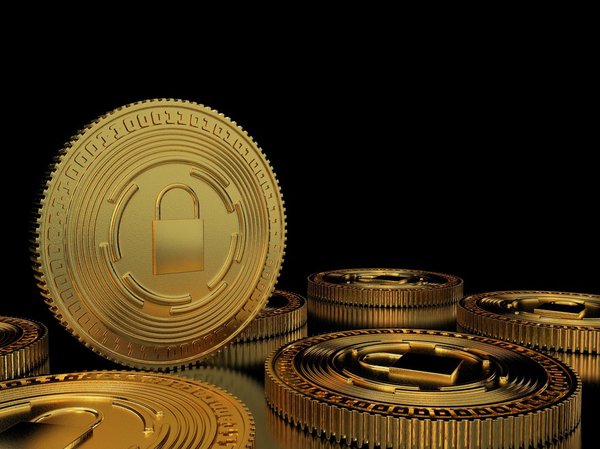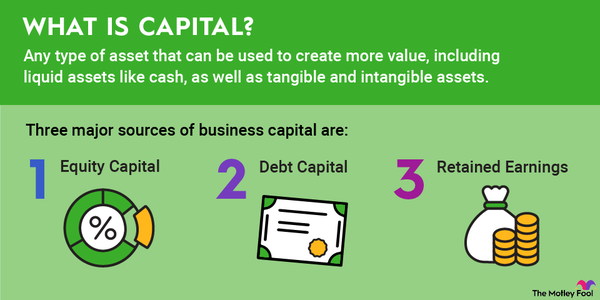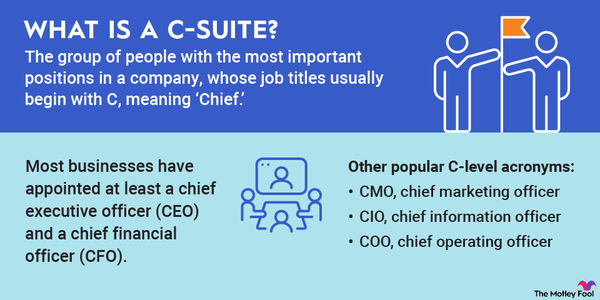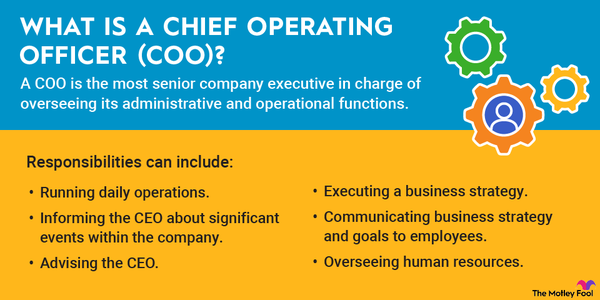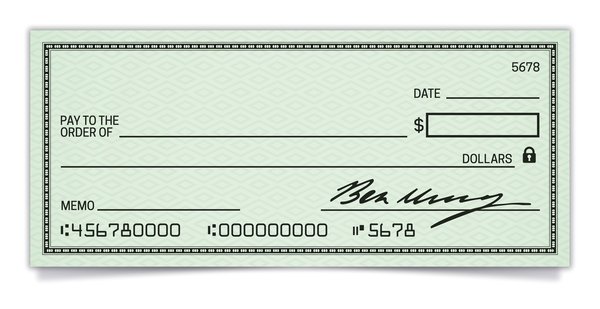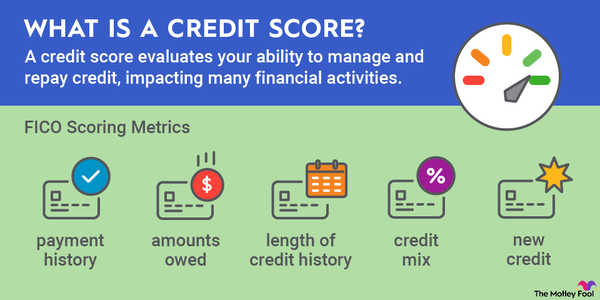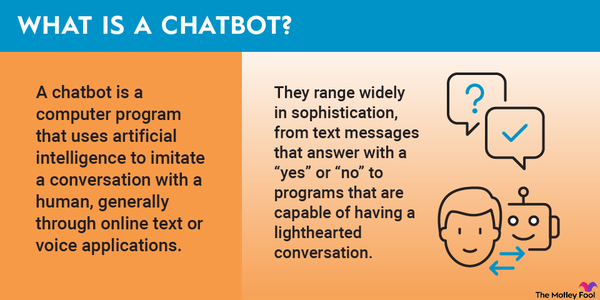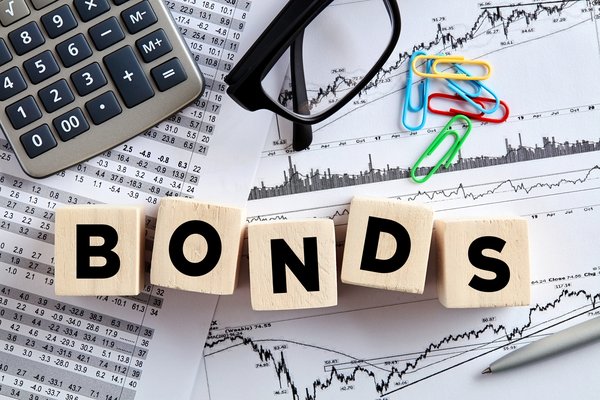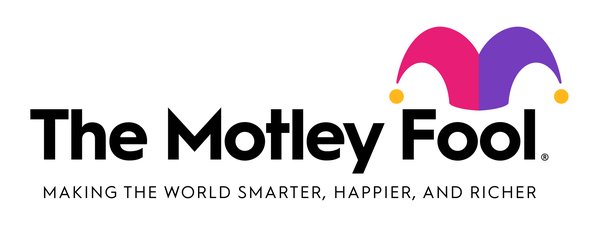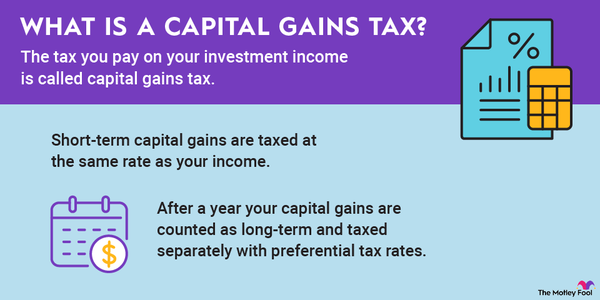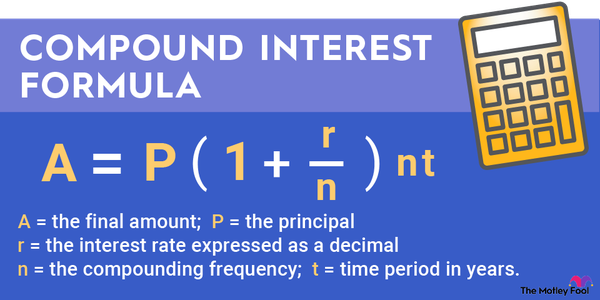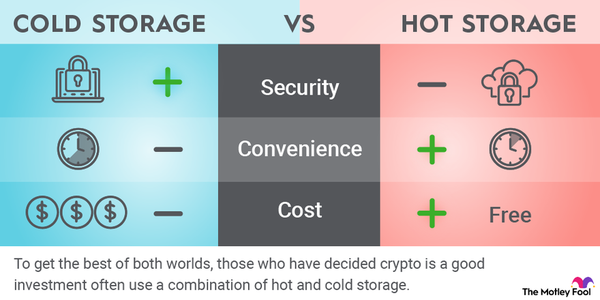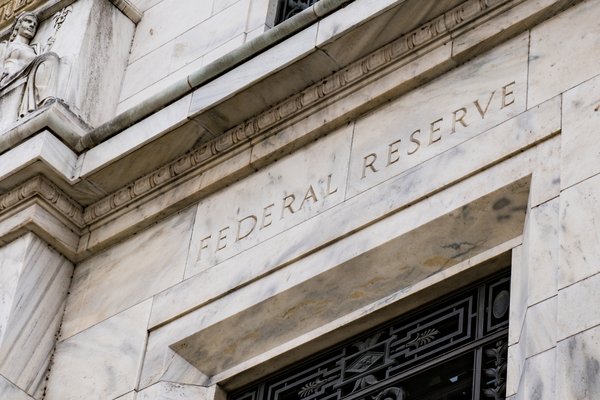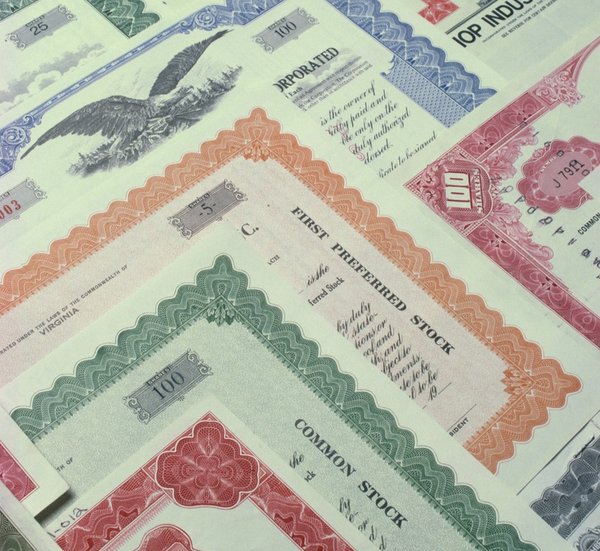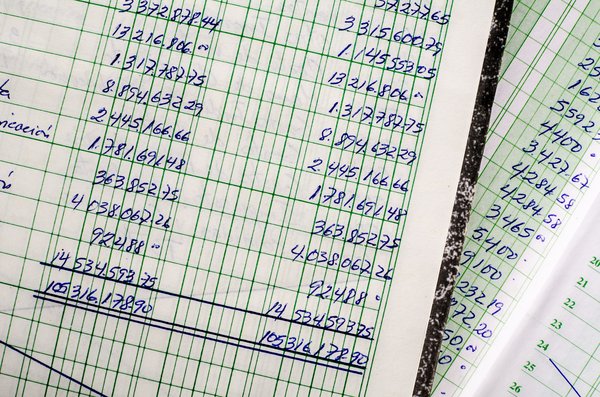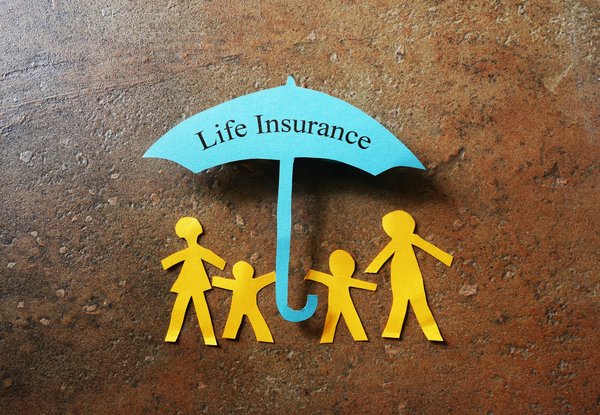In an era of accelerating climate change, natural disasters can cause investors to lose money due to circumstances beyond their control. A lack of natural disasters, however, can be a source of profit for insurers and individuals who diversify their portfolios with catastrophe bonds. Read on to learn more about how investors can profit from betting against disasters.
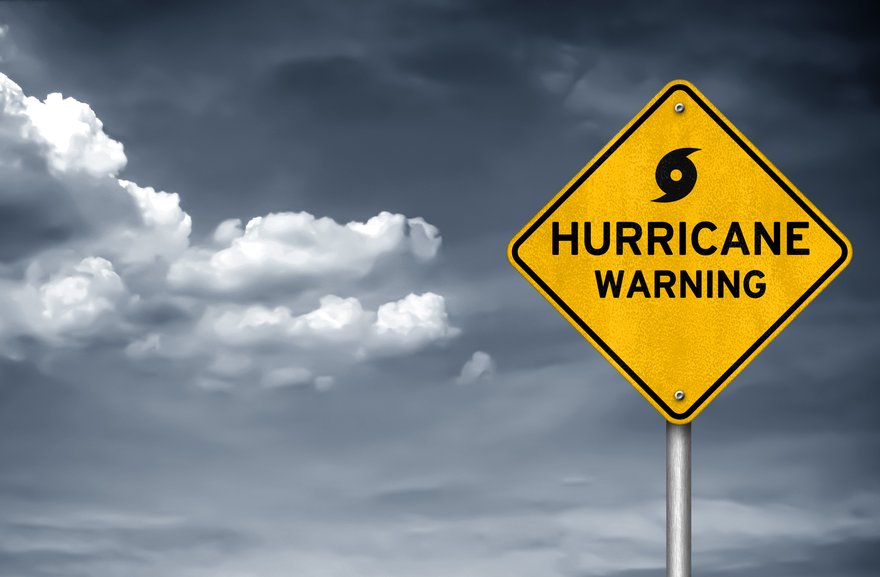
What are they?
What are catastrophe bonds?
A catastrophe bond, also known as a cat bond, is a bond issued by insurance companies to offset the costs of natural disasters. Although a catastrophe bond typically can't begin to offset the costs of a disaster for insurance companies, it can spread the risk beyond insurance and reinsurance companies by offering bonds to investors.
Essentially, investors are betting that a specific type of disaster won't occur, typically over a three-year period. If a covered disaster occurs -- say, a hurricane in South Florida -- the insurer that issued the bond through a special purpose vehicle keeps the principal. At the end of the bond's maturity or during the periods when a disaster hasn't occurred, the insurer pays a coupon on the bond.
Catastrophe bonds were initially created as a response to Hurricane Andrew, the 1992 storm that leveled much of South Florida and caused $25 billion in damage. They've been expanded to include potential claims from not only hurricanes but also wildfires, earthquakes, and terrorism.
Swiss Re estimated that $15.6 billion in catastrophe bonds were issued in 2023, with an average return of 19.7% -- the highest one-year return for the Swiss Re Global Cat Bond Total Return Index since 2002. The National Oceanic and Atmospheric Administration reported 28 separate weather-related disasters with damages topping $1 billion, totaling $92.9 billion.
By the first half of 2024, $12 billion in cat bonds had been put out. By November, the average year-to-date return for the bonds was 12.31%, less than half the 26.47% return for the S&P 500. Even so, the Swiss Re index has posted only one losing year since its creation in 2002. In 2023, the index rose 20%, closer to the S&P's 24% gain for the year.
Bond triggers
Catastrophe bond triggers
Unlike reinsurance contracts, which are usually effective for a 12-month period, cat bonds are generally multiyear deals. They can also typically be triggered in one of four ways:
Indemnity triggers
Payouts to the insurer are made when the issuer of the cat bond suffers actual losses. Indemnity triggers can often take some time to take effect since the damages from a covered event can take a considerable amount of time to calculate.
Industry loss triggers
The bond issuer is paid when losses for an entire industry reach a predetermined threshold, known as an "attachment point." As with indemnity triggers, it can take a long time for an industry loss trigger to become effective.
Parametric triggers
Parametric triggers, which take effect when certain quantitative conditions are met, are less common but result in speedier payouts. For example, an insurer could benefit from damages from a hurricane with winds of 150 miles per hour or an earthquake measuring greater than 5 on the Richter scale. These triggers can be determined quickly, resulting in a speedier payout to the issuer.
Modeled triggers
Instead of being based on actual claims used for indemnity bonds, these triggers rely on third-party estimates of damage caused by an event. Like parametric triggers, modeled triggers can ensure a swifter payout for issuers.
Related investing topics
The bottom line on catastrophe bonds
Although betting against natural disasters -- or any disasters, for that matter -- may seem like a poor idea, catastrophe bonds are a reasonable way to diversify portfolios. They offer the potential for a relatively high-interest investment that's less risky than junk bonds and less volatile than stocks. Investors should choose bonds wisely, given that once-in-100-year floods and storms are becoming far more common.







